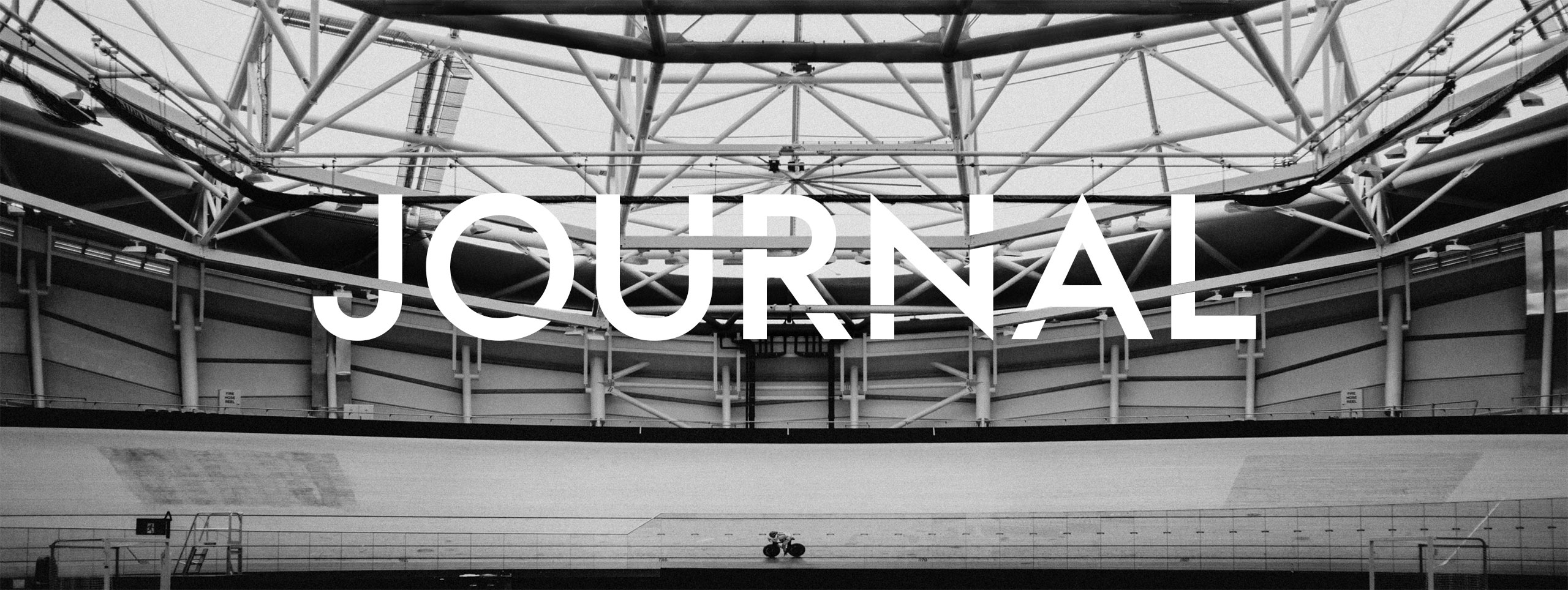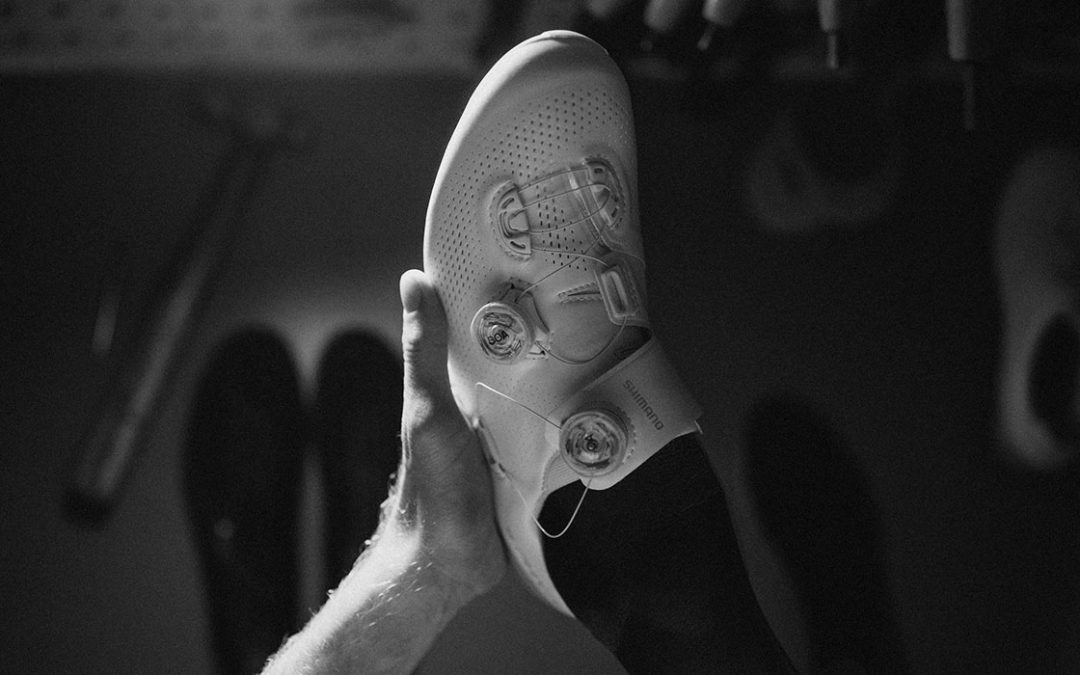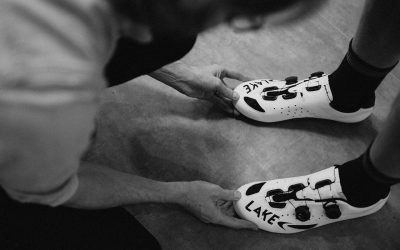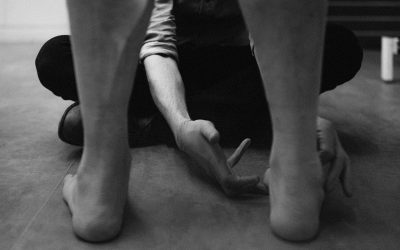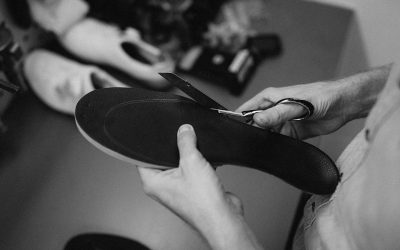Yes. If you’re uncertain of what a last is, you’ve probably seen one before in a shoe shop window or at an antique fair but it’s the wooden insert that a shoe is traditionally built around. With the current tech of 3D printing, lasts are most often made digitally and then printed before the shoe’s fabricated, being used to wrap the fabric and sole around its surface. Its specific shape doesn’t just define the length, but it specifically determines the curvature of the shoe’s sole, the tightness of its heel, the width of the forefoot and also the depth or height of the shoe along is dorsal surface.
Key Points:
- Shoe soles are one of three main shapes: curved, semi-curved or straight.
- Collectively there are more curved and semi-curved cycling shoes on the market but there are more straight or ABDucted foot types in the population.
- Your foot type determines the type of shoe that’s needed as opposed to the shoe’s design or its apparent tech specs.
- Determine the shoe’s last by tightly holding a piece of string between the tip of the toe and the middle of the heel.
Traditionally speaking, Bont has a straight last with broad width but has a shallow forefoot depth, Mavic is based on a semi-curved last with narrow width and a shallow depth at the forefoot, and Fizik’s 2019 R1 had a curved last with medium to wide width and high forefoot volume. Confused… Well, the first message to take away at this point is that there is no one shoe for every foot type. A shoe can have all the features in the world but if it doesn’t fit your foot, there is no point having it.
Cycling is sport with a lot of must haves so this brings me to tell the story of “The Four Painted Shoes”. Admittedly when a particular shoe entered the market last year, I too was interested just like my client who quickly bought four pairs straight away off the online shelves. He then commissioned a local artist to paint some equally impressive artwork to the toe box of each shoe to give them their own unique look.
Weeks go by and my client’s enthusiasm for his painted shoes isn’t necessarily waning but he can’t think of why his 4th and 5th toes are hurting so much. The shoe size was the same as always and there’s space beyond the big toe. Sure, it’s a different brand but it’s also a medium fit like his previous pairs. Naturally his instinct is that his Mík.Fit cycling orthotics were a year old and maybe in need of some updating. The problem was simply that he was trying to fit a square peg into a round hole. This is where the shape or curvature of the last is incredibly important to choosing the best fitting shoe for you.
Shoes are built around a curved, semi-curved or a straight last. If we jump back to the 80’s and 90’s, running shoe companies thought the world of curved lasts but thankfully they got wind that there aren’t that many people in the world with curved feet. Hence, they drifted more towards semi-curved or straight lasted shoes in the years since. In fact, I would go as far to say that I would typically only see 10% of clients with truly curved foot types (where the big toe points towards the midline of the body). I’d see a further 20% with fairly straight feet and then the remainder with varying degrees of severity in the opposing direction where the forefoot actually ABDucts or curves away from the midline of the body.
So how do you determine the shape of the shoe’s last? The easiest method is using a long piece of string. Run the string from the middle of the toes and pull down to the middle of the heel and see how much sole is on either side of the string. If there is approximately the same amount on both sides, then it’s referred to as a straight-last. If on the other hand, there is much more sole on the outside, then this indicates a curved last. (Insert photo)
In cycling, it still feels like we’re stuck in this time warp where there seem to be more curving shoes on the market than straight. But why is that? I don’t have a definitive explanation. I asked a designer from a major cycling company last year in regards to their top-end shoe’s curved design and their answer was straight forward “I do not know”. I genuinely believe that someone started to do it and it’s just been done that way ever since. I know there will be shoe designers rolling about reading this knowing that they have provided genuine and valid reasoning for the shoe’s curvature. However, the fact remains that there are far more people with relatively straight or ABDucted forefeet in the world than without.
If you’re still with me at this point, then I want to relate this back to “The Four Painted Shoes”. My client simply had one of those foot types that is represented by the majority of the population where the forefoot deviates away from the midline of the body. Yet his beautifully decorated shoes that had a very curved last pointing towards the midline of the body. On closer inspection, his 4th and 5th toes were completely over-hanging the shoe’s carbon-fibre base and furthermore being crushed into the lateral corner of the toe box making cycling unbearable. I reiterate… A shoe can have all the features in the world but if it doesn’t fit your foot, there is no point having it. (insert photo)
Let’s do a test. Take your shoes and socks off and sit comfortably with your knees bent at 90º and your feet dangling off the floor. Look down at your feet and at the direction your forefoot is sitting relative to the heel. Most people are going to see a relatively aligned foot type. Now, stand up comfortably and take another look at your feet once bodyweight and your biomechanics have come into play. Those who were born with a good set of feet that haven’t been too damaged by life are just going to see a regular, straight up and down foot where heel is largely in-line with the forefoot. However, I suspect the majority will see a foot that more resembles a banana whether the forefoot’s pointing towards the midline of the body or most likely, away from it. Draw around this foot type if you want to see it closer. This will automatically tell you the shape of last you’re best suited to.
Insert three photos.
Given that there are only a small percentage of people that would benefit from a truly curved last, most of us are going to suit either a semi-curved or straight lasted shoe. Those with slightly curved feet would obviously wear a semi-curved last and those with a relatively straight feet are obviously more suited to a straight last. It’s that simple. But what about those remaining 2/3 that have a foot that curves away from the midline of the body? Unfortunately, no shoes curve in that direction so your simply stuck to wearing a straight-lasted shoe. What’s for certain though, is that putting an ABDucted foot into curved or semi-curved shoe is only going burn a hole in your pocket. (Insert Photo)
Moral of the story – The shoe is an extension of the body. If the foot and the shoe fit together like a glove, you’ll have more connectivity, better response, less irritations and quite simply a better riding experience overall.
Shoe Fitting 101: How to Choose the Best Fitting Cycling Shoes
During my time at university, I went off and did the job that my lecturers suggested I do. I sold shoes in a running shop for my four years at uni and I loved it. I was always inspired by footwear design and for a while, that was where I thought my…
Fitting the Foot First
When I was at university, I can’t ever recall discussing cycling or any other “fixed foot” sports when it came to foot function. As you can then imagine, I felt totally in the dark when I first started working as a Ski Podiatrist for one of the UK’s…
Are Insoles, Footbeds and Foot Orthotics All the Same?
Cycling and skiing are expensive, technical sports. There’s new and “more advanced” kit each year and whilst you don’t generally need to upgrade your kit at the same rate, it’s hard to look past some of it sitting in your “Wish List”. What if I told…
